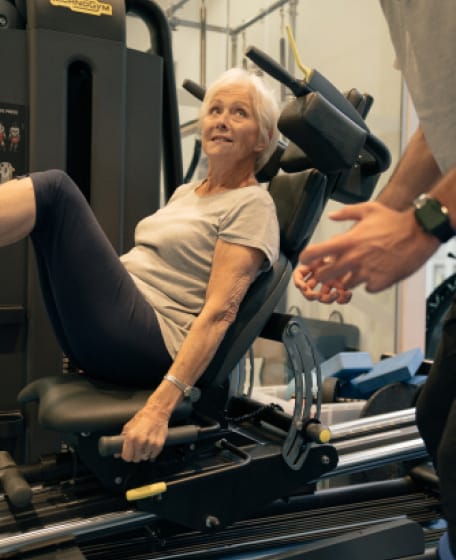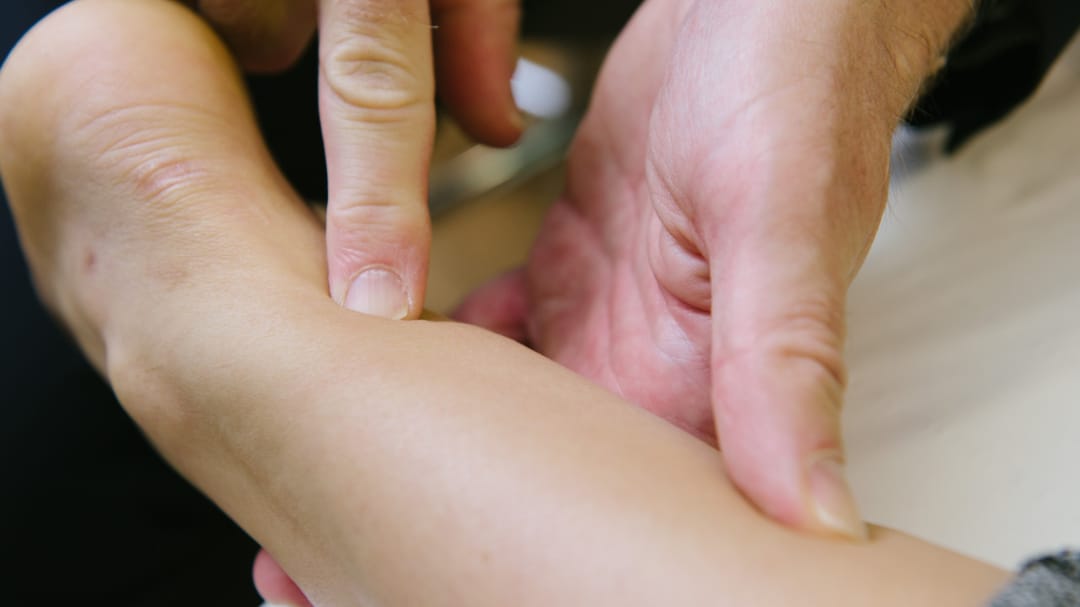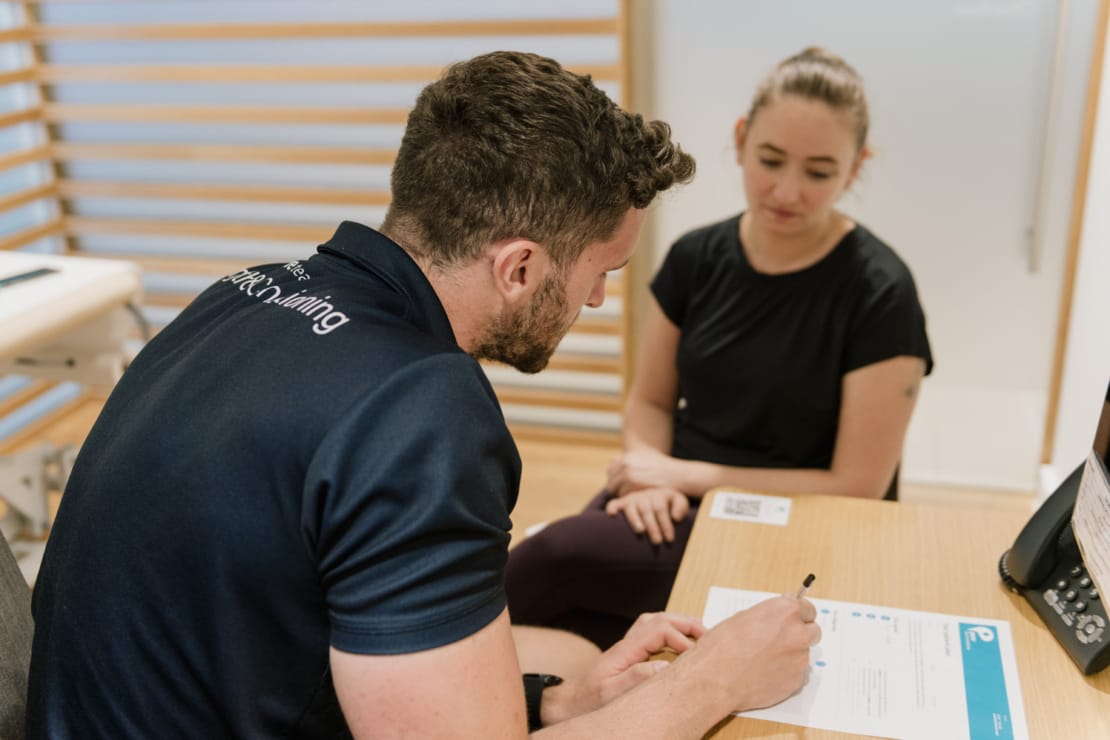Research: Lower Limb

Pure Sports Medicine
- 21 September, 2018
- Podiatry
- 2 min read
Research: Lower Limb
Neal, BS, Griffiths, IG et al. Foot posture as a risk factor for lower limb overuse injury: a systematic review and meta-analysis. J Foot Ankle Res. 2014: 7; 1-13.
Background
Static measures of foot posture are regularly used as part of a clinical examination to determine the need for foot level interventions. This is based on the premise that pronated and supinated foot postures may be risk factors for or associated with lower limb injury. This systematic review and meta-analysis investigates foot posture (measured statically) as a potential risk factor for lower limb overuse injuries.
Methods
A systematic search was performed using Medline, CINAHL, Embase, SportDiscus in April 2014, to identify prospective cohort studies that investigated foot posture and function as a risk factor for lower limb overuse injury. Eligible studies were classified based on the method of foot assessment: (i) static foot posture assessment; and/or (ii) dynamic foot function assessment. This review presents studies evaluating static foot posture. The methodological quality of included studies was evaluated by two independent reviewers, using an adapted version of the Epidemiological Appraisal Instrument (EAI). Where possible, effects were expressed as standardised mean differences (SMD) for continuous scaled data, and risk ratios (RR) for nominal scaled data. Meta-analysis was performed where injuries and outcomes were considered homogenous.
Results
Twenty-one studies were included (total n = 6,228; EAI 0.8 to 1.7 out of 2.0). There was strong evidence that a pronated foot posture was a risk factor for medial tibial stress syndrome (MTSS) development and very limited evidence that a pronated foot posture was a risk factor for patellofemoral pain development, although associated effect sizes were small (0.28 to 0.33). No relationship was identified between a pronated foot posture and any other evaluated pathology (i.e. foot/ankle injury, bone stress reactions and non-specific lower limb overuse injury).
Conclusion
This systematic review identified strong and very limited evidence of small effect that a pronated foot posture is a risk factor for MTSS and patellofemoral pain respectively. Evaluation of static foot posture should be included in a multifactorial assessment for both MTSS and patellofemoral pain, although only as a part of the potential injury risk profile. Whilst the included measures are clinically applicable, further studies are required to determine their relationship with dynamic foot function
To book an appointment with one our physiotherapist or podiatrists follow this link or call your nearest clinic.
Full Abstract

Advice
Over the last 20+ years our experts have helped more than 100,000 patients, but we don’t stop there. We also like to share our knowledge and insight to help people lead healthier lives, and here you will find our extensive library of advice on a variety of topics to help you do the same.
OUR ADVICE HUBS See all Advice Hubs

